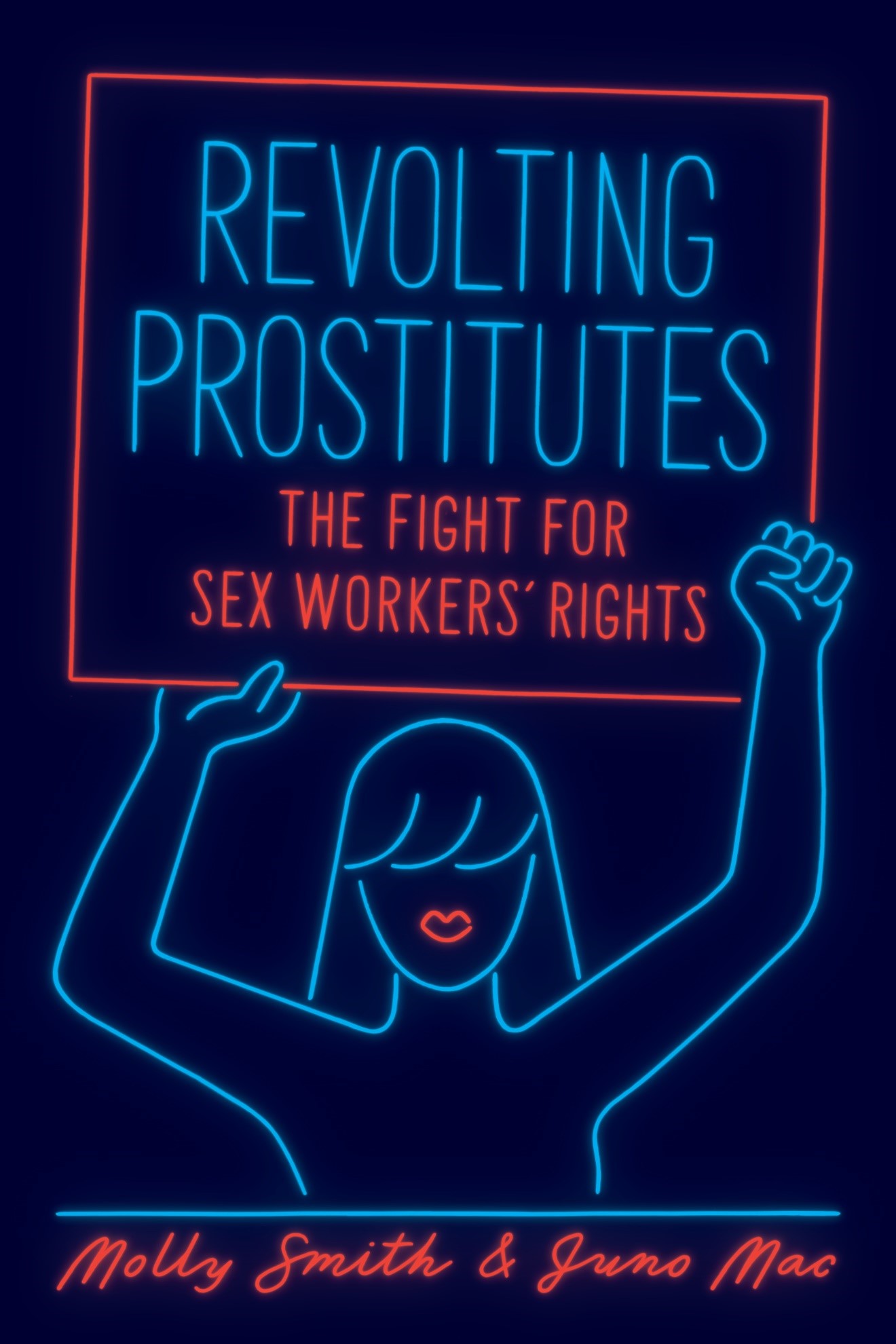by Dr Gabriella Alberti, Professor Chris Forde, Dr Gary Graham, Dr Ioulia Bessa, Dr Jo Cutter, Dr Zinovijus Ciupijus, Dr Marketa Dolezalova

The new wave of Covid-19 under Omicron is proving to be another massive challenge for frontline health services.
The Chief Executive of the NHS Confederation, Matthew Taylor, has highlighted a crisis on multiple fronts in the NHS, with a mix of rapidly increasing demand for emergency services, backlogs for operations and huge levels of staff absence creating massive pressures. Even the Prime Minister has admitted that the NHS is in danger of being overwhelmed. The COVID-19 health crisis is once again highlighting and generating a crisis of labour provision.
Staff shortages across the health sector – from hospitals to social care – have been highlighted throughout the pandemic, for example in the 2020 State of Adult social care report. In Autumn 2021, GPs threatened to go on strike over workload challenges during the second vaccination effort.
Now, as Omicron spreads exponentially in the community, NHS providers declare they are at a crisis point not having sufficient staff to care for Covid and non-Covid patients. With the Government estimating that up to 25% of the workforce is expected to have to self-isolate in the next few weeks staffing pressures are likely to get even worse before they get better.
It is important to note, however, that the crisis of labour in health and a number of other sectors has deeper roots beyond the COVID pandemic. As we illustrated in our August 21 blog, shortages of labour are entrenched in sectors like health, transport and hospitality, due to the end of free movement and a ‘Brexodus’ of workers since 2016. This has been worsened by the COVID crisis, through the non-return of the “missing million” of EU nationals that left the UK during the first lockdown.
Yet, Brexit barely receives a mention in much of the mainstream media in commentaries on the impacts of the pandemic on work. In a notable exception, a recent FT survey of 100 economists highlighted the “lingering after-effects of Brexit” as a key likely contributor to a slower UK recovery in 2022 compared to other countries.
These ‘lingering after-effects’ are likely to have profound effects on the UK labour market. Scrambling to deal with the labour crisis, the UK government has made temporary changes to the regulation of migration, announcing a visa scheme in the care sector to allow thousands of additional care workers to be recruited from abroad after it was revealed that more than 40,000 social care staff had left the sector in the second half of 2021.
The new measures will start in the early months of 2022 with the new visa permits lasting at least 12 months with entailing the possibility of renewal, and for migrants to bring their dependants. In the meantime, the Department for International Trade is proposing visa relaxation for Indian citizens, under the mantra that this will facilitate trade deals with one of the world’s fastest-growing developing nations.
Are these measures an indirect admission that Brexit is not working as the government predicted? And will these measures work as designed? Is it sufficient to introduce new temporary immigration routes to fill gaps opened up by this grave labour shortage crisis?
In the first few months of our new ESRC funded project – LIMITS – led from the Centre for Employment Relations Innovation and Change, at Leeds University Business School, we have mapped all the emerging changes to immigration rules in four key sectors: social care, hospitality, food and drink manufacture and warehousing/transport. Our goal is to look at the multiple and overlapping effects of Brexit, the Brexodus of workers and Covid-induced disruptions.
Thousands of visas for HGV drivers and poultry workers were quickly introduced in 2021 after intense lobbying by the representatives of the transport and food manufacturing sector but with what results? A December news report highlighted the limited success of such measures in the past months, with immigration Minister David Foster admitting that less than 100 pork butchers applied for the 800 visas available. In transportation, despite a call for up to 5,000 HGV Drivers, only a handful took up available visas. These temporary visa schemes increasingly look like poor sticking plasters, which fail to recognise the deeper structural reasons behind labour shortages.
Our employer survey to be launched in the spring of 2022 across the 4 sectors of Warehousing, Hospitality, Social Care and Food Manufacturing will explore employer workforce strategies, including questions on whether employers are using and benefitting from temporary visa schemes post Brexit. Underlying questions that we consider in our LIMITS research are: will changes in immigration policy – even where dialogue occurs within sectors involving different stakeholders – be sufficient to bring migrant workers to the UK and address the crisis of labour.
As migration and work researchers, we also ask whether the government has taken into account the facts that the high cost of visa application and the increasing costs of living may make migration for work in the UK less appealing to those who have immediate and less burdensome work alternatives in the EU common market? Is a 12-month temporary visa really appealing enough to persuade workers to come to the UK in the post-Brexit environment? And how are current Covid travel restrictions and the overwhelmed NHS further discouraging migrants to move to the UK?
Research has shown that migrant labour mobility cannot be simply reduced to push and pull factors (or imagined as a tap being switched on and off at will according to the needs of the ‘national’ economy) but is embedded in much more complex networks and “migration infrastructures” that have longer and deeper roots in the ways in which migrants and their families evaluate and build their mobility plans and pathways.
These cultural, social and anthropological factors are often missed from policy analysis when migration is reduced to a mere outcome of changing demand and supply dynamics. The qualitative part of our 3-year research project will include interviews with migrant workers themselves who have chosen to stay or move to the UK in these critical times of labour mobility transitions.
The government is committed to a high wage, high skills and productivity economy based on developing the local workforce rather than relying on foreign labour. Critics argue that such a vision is built on “shaky foundations”. We note that this high skills scenario is often predicated on quite simplistic accounts of the ease with which employers might be able to automate key parts of their processes, as well as often rhetorical assumptions about the willingness or capacity of local workforces to join sectors of the economy that in fact remain typically low skilled, low paid and insecure.
Additionally, a highly fragmented training investment scheme, such as the one proposed in the most recent budget, may not allow for such a “high road” utopia to be trusted and adopted by employers. Some have called for a more fundamental overhaul of the skills system.
Policy outcomes and the economy at large may suffer dramatically from a very reductionist approach to labour mobility (as well as to local workforce planning and development). A more nuanced multi-dimensional, multi-scalar and multi-actor approach is needed to understand migration and skills policy. This is what we are pursuing in our research programme, recognising that labour and employment are regulated from both above and below and do not follow a purely functionalist logic.
If you would like to know more about the LIMITS project please contact Dr Gabriella Alberti (g.alberti@leeds.ac.uk)






 Addressing world leaders on Monday, UK Prime Minister
Addressing world leaders on Monday, UK Prime Minister  The announcement by Rolls Royce that in response to the impact of the COVID crisis, worldwide, 9000 jobs are to be cut -most at its aerospace centre in Derby- will reverberate beyond the confines of the aerospace industry.
The announcement by Rolls Royce that in response to the impact of the COVID crisis, worldwide, 9000 jobs are to be cut -most at its aerospace centre in Derby- will reverberate beyond the confines of the aerospace industry.









 On the 8th of November, CERIC hosted a panel discussion as a book launch event for the highly anticipated book Revolting Prostitutes: The Fight for Sex Workers’ Rights by Juno Mac and Molly Smith. Mac and Smith are sex worker rights activists with SWARM and SCOT-PEP, and their book is a deeply researched yet highly accessible analysis of current sex work debates. Juno Mac is also known for her TED talk
On the 8th of November, CERIC hosted a panel discussion as a book launch event for the highly anticipated book Revolting Prostitutes: The Fight for Sex Workers’ Rights by Juno Mac and Molly Smith. Mac and Smith are sex worker rights activists with SWARM and SCOT-PEP, and their book is a deeply researched yet highly accessible analysis of current sex work debates. Juno Mac is also known for her TED talk